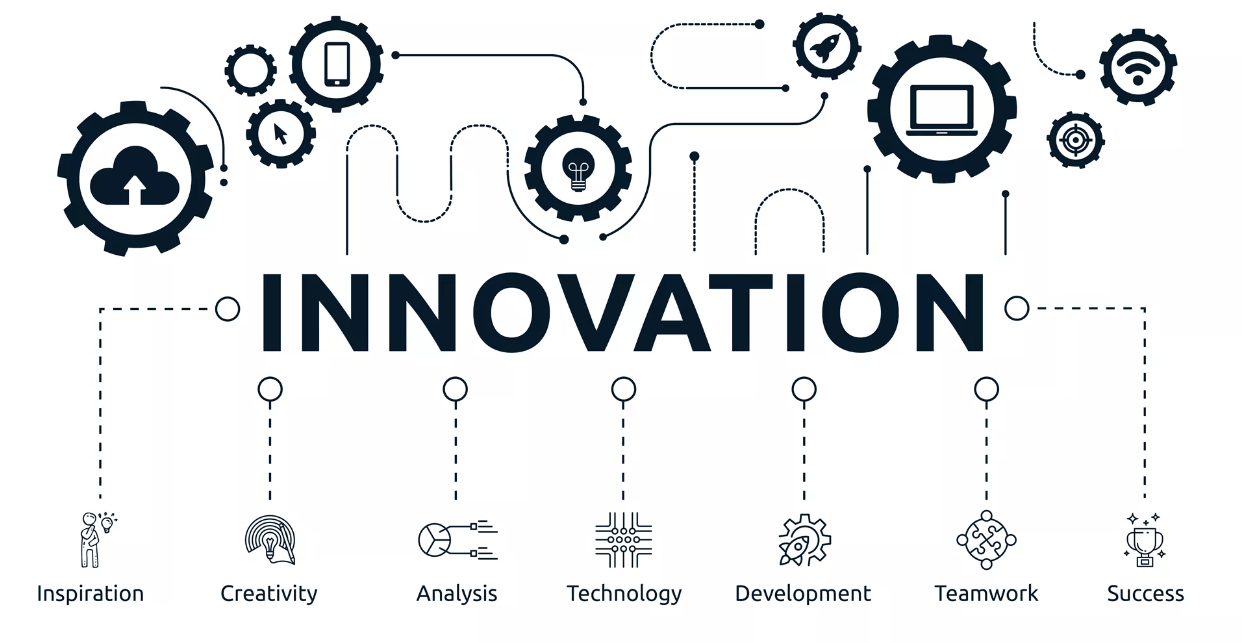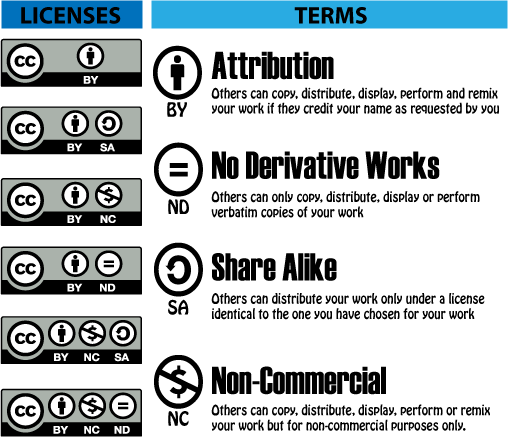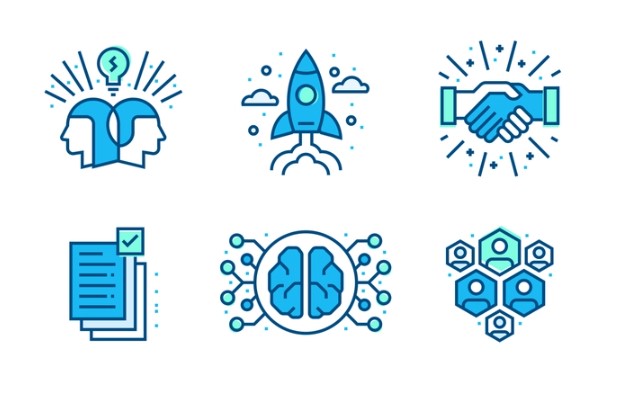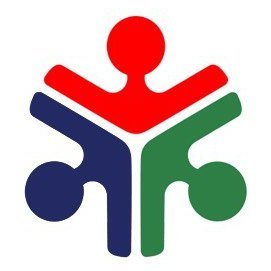17.Invention, intellectual property and income
During the upcoming week, I have to develop a dissemination plan outlining my approach to designing and acquiring a license, as well as learning the necessary skills to execute the work. To accomplish this, I need to explore unconventional methods beyond the non-technical/non-engineering aspects of the project, such as obtaining a patent or license for the project. Additionally, I should consider thinking outside the box to explore alternative approaches.
Invention and Innovation
Bringing something new and unique to the world is a remarkable endeavor, whether it takes the form of a groundbreaking device, a revolutionary method, an innovative composition, or a cutting-edge process. These exceptional creations, driven by human ingenuity and imagination, are aptly referred to as inventions. However, in the context of my project, it does not fall into the category of an invention. Instead, it can be regarded as an innovation aimed at solving a particular problem.

Specifically, my project focuses on addressing the challenge of reducing the weight of CFRP (carbon fiber reinforced polymer) manufacturing. While it may not qualify as an invention, it still embodies the spirit of innovation by seeking novel approaches and unconventional solutions. In my pursuit, I have ventured into uncharted territories, modifying and creating elements that I had no prior experience with. This approach may be seen as extreme or risky, but I embrace the inherent uncertainties and challenges that come with it. By stepping outside my comfort zone and taking calculated risks, I aim to push the boundaries of what is possible in CFRP manufacturing and make a significant impact in the field.
Intellectual property
Intellectual Property, also known as IP, is the most crucial aspect of launching a product in the market, be it as a startup or any other type of business. It defines the entire flow of the business and is protected by various legal measures such as copyrighting, trademarking, and patenting.

When it comes to patenting and licensing, my knowledge was limited to the Fab Academy classes I attended; I had little understanding of the patenting procedures in my own country. As far as I know, a patent is a form of ownership issued by the government to an individual for their idea, invention, or process. The process of applying for a patent involves several steps that vary depending on the patent guidelines of each country. A patent grants the person ownership, which they can legally defend if someone copies or resells their creation without permission.
On the other hand, open source projects involve making the resource files of a particular project publicly available and free to access. Linux serves as a prime example of open source software, or better yet, an open operating system that can be obtained at no cost and without any licensing requirements.
Up until this moment, I never really paid much attention to patenting because it entails a significant amount of work. Instead, I preferred to make everything public, allowing my works to become open source projects. This decision presents a new challenge for me, as I embrace the opportunity to share my work with others. As I delve into this endeavor, I am uncertain about what the future holds, but I am eager to see where this path takes me.
Open source licenses
Creative Commons
Creative Commons licensing is a system of copyright licenses that provide a range of permissions to creators and users of creative works. These licenses are designed to enable the sharing, distribution, and adaptation of creative content while still respecting the rights of the original creator. Creative Commons licenses are widely used for various types of digital media, including text, images, music, and videos.

- Attribution (BY): This condition requires that the original creator is given credit for their work whenever it is used or shared. It ensures that the creator's reputation is acknowledged and encourages a culture of attribution.
- Share-Alike (SA): With this condition, any derivative works based on the original content must be shared under the same or a compatible Creative Commons license. It promotes the idea of building upon existing works and contributing to the commons.
- Non-Commercial (NC): This condition restricts the use of the work to non-commercial purposes only. It allows creators to control how their work is used for commercial gain and prevents others from profiting from their creations without permission.
- No Derivatives (ND): With this condition, the work must be used as-is without any modifications or adaptations. It ensures that the original work remains intact and unaltered, protecting the integrity and intent of the creator.

Overall, Creative Commons licensing provides a practical and flexible framework for sharing and using creative works, promoting collaboration, and fostering a culture of openness and sharing in the digital age.
In addition to the aforementioned benefits, incorporating the selected machine into projects and documentation becomes a straightforward process. All that is required is the inclusion of the above line at the bottom of the documentation to apply the appropriate license. This ensures that the machine's usage and distribution are in compliance with legal requirements and terms. Furthermore, the project pictures can be enhanced by incorporating the logo of the license, further solidifying the project's adherence to the licensing terms and providing a visual representation of the machine's open and collaborative nature. By seamlessly integrating these elements, the project can not only benefit from the machine's capabilities but also showcase its commitment to transparency, collaboration, and compliance with licensing regulations.
Regarding the license for my work, I have opted for the Creative Commons Attribution-NonCommercial (CC BY-NC) license. My next steps involve adding this license to my webpage, linking the attributes of the license below, and incorporating the license symbols into my product
Attribution-NonCommercial 4.0 International (CC BY-NC 4.0)
Income and Profit
Currently, my focus is not on generating income or profits through the CFRP braiding machine project and selling it through any specific channel. However, if I were to pursue commercialization, I would need to devise a plan to ensure the financial viability of the business. This plan would primarily emphasize the Unique Selling Point (USP) of the project, which in this case would be the machine's ability to efficiently and effectively manufacture CFRP components. By highlighting the machine's precise control, high-speed production capabilities, and superior quality output for CFRP manufacturing, I could position it as a highly desirable solution for manufacturers in the aerospace, automotive, and other industries that heavily rely on CFRP materials. This would allow them to streamline their production processes, reduce costs, and improve overall product performance. While my immediate objective with the CFRP braiding machine project is not profitability, I understand the importance of a comprehensive business plan to support the future growth and sustainability of the venture. By leveraging the unique aspects of the project and targeting the specific needs of CFRP manufacturers, I can explore opportunities to generate revenue and optimize profitability if I decide to pursue commercialization in the future.

Incubation
Incubation refers to a structured process or program that supports startups and entrepreneurs in their early stages of development. It provides a nurturing environment with resources, mentorship, and networking opportunities to accelerate their growth and increase their chances of success. Incubation programs offer valuable resources such as office space, shared infrastructure, and administrative support, which help reduce the financial burden and provide a conducive environment for focused work and collaboration.

As for incubation, I am not currently looking into anything. I have the possibilities at my fingertips, and I have thought about it. I want to develop an actual product from this, but I don't want to be an incubatee with a half-cooked idea. I will only seek incubation when I am absolutely sure and ready.
Final Slide and Video
Now that I all set to do the project in FAB LAB I also need to make a summary slide and a one minute video.So the video I can only start after finishing the project anyway and the summary slide maybe I can draft a plan by checking prior year student's project slides. So first f all I've created two dummy files like "presentation.png" and "presentation.mp4", in the home directory just by using command lines and pushed to cloud to make the link will appear for the final day presentation's page scanning.I can update the files later with original slide and video of my Flip table.

